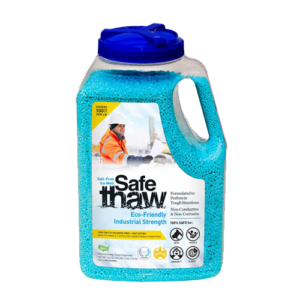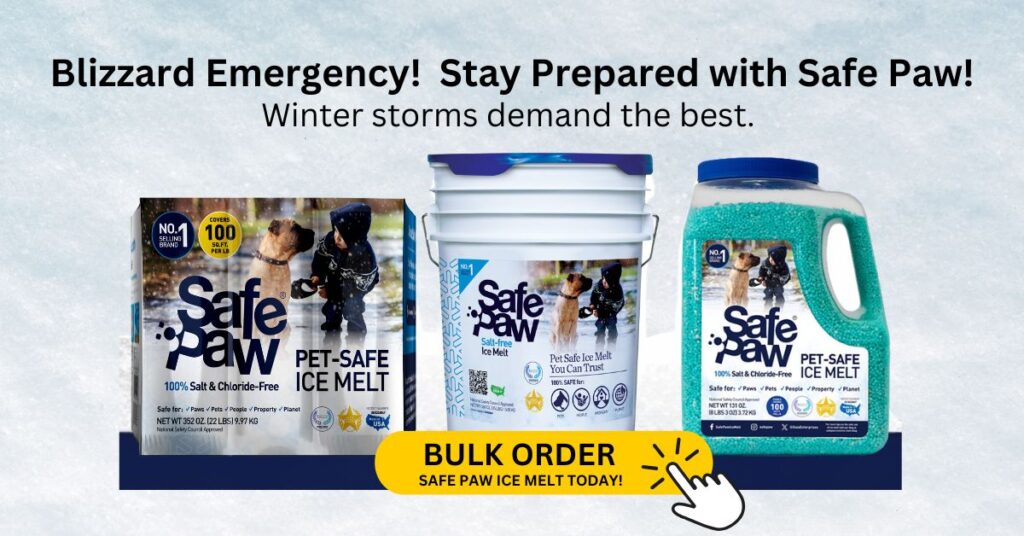What Is Air Entrainment in Concrete, and Why Does It Matter for Winter Durability?
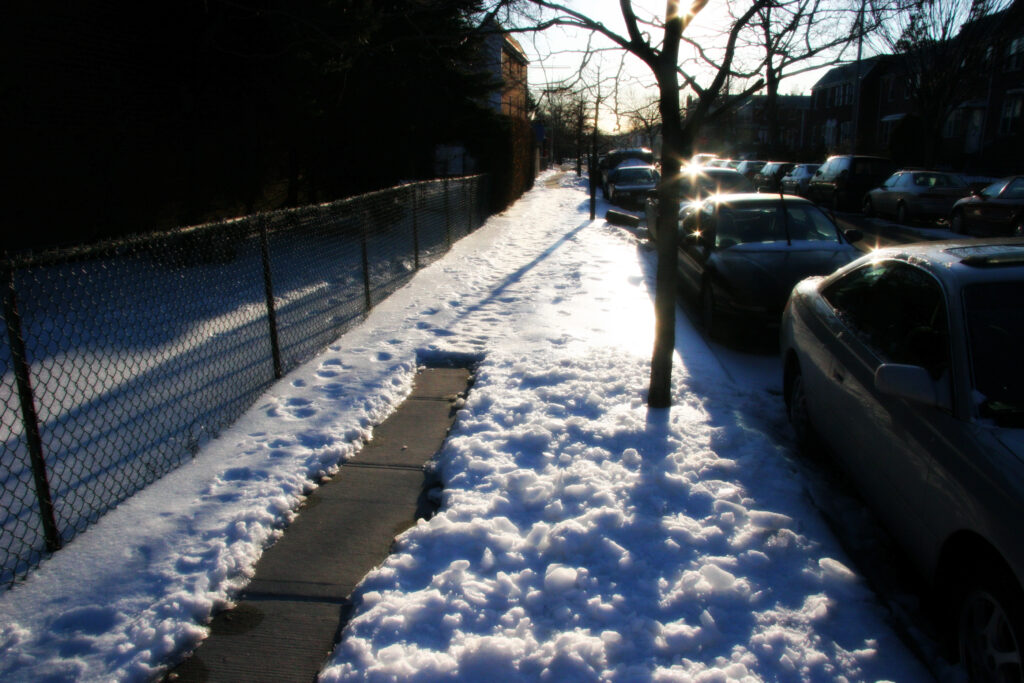
Why Air Entrainment Matters
Concrete is a solid mass formed from a mixture of gravel, sand, cement, and water. In its normal state, it doesn’t naturally contain air. However, when exposed to water—especially during winter—this lack of internal space can lead to serious damage.
Air entrainment solves this by introducing microscopic air bubbles into the concrete. These air pockets serve as pressure relief zones. When water infiltrates the concrete and freezes, it expands. Without somewhere to go, that expansion causes cracks, surface flaking (scaling), and pockmarks. But if air voids exist, the expanding ice has space to move—preventing damage.
The Freeze-Thaw Problem
In winter climates, concrete is subjected to freeze-thaw cycles. Water seeps into the surface, freezes when temperatures drop, and then melts when it warms up. This cycle can repeat many times in a single season. Each freeze expands the trapped water, and each thaw contracts it—flexing the concrete and breaking down the surface.
This repeated expansion and contraction leads to a weakening of the top layer. Over time, this results in scaling, where thin flakes of concrete peel away, and popping, where small pits form.
Ice melters can unintentionally make this worse. By accelerating melting and re-freezing, they increase the number of freeze-thaw cycles a surface endures, compounding the problem.
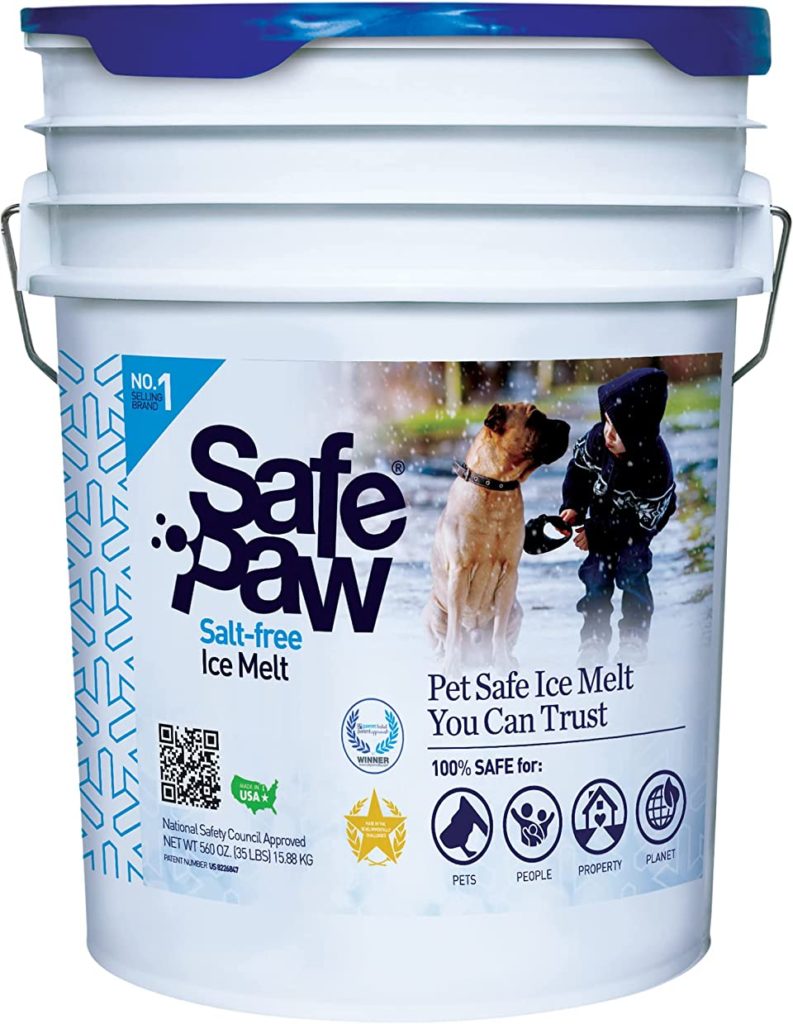
Safe Paw
The Original and the #1 Child and Pet Safe Ice Melt for over 20 years. Guaranteed environmentally safe – will not harm waterways and sensitive wetlands.
Defense Mechanisms: How to Prevent the Damage
1. Air Entrainment
Adding air bubbles into the concrete mix allows freezing water to expand safely within the concrete. This is the most effective internal defense against damage from freezing temperatures.
2. Surface Working
When concrete is installed, it can be worked—smoothed and compressed—on the surface. This process closes many of the open pores that would otherwise absorb water. However, it’s only semi-effective and wears down over time.
3. Sealing the Concrete
A more lasting solution is applying a sealant. This creates a film over the surface—sometimes called a “skin”—which acts like a waterproof layer. It keeps water from penetrating the surface and reaching deeper layers of concrete where it can freeze.
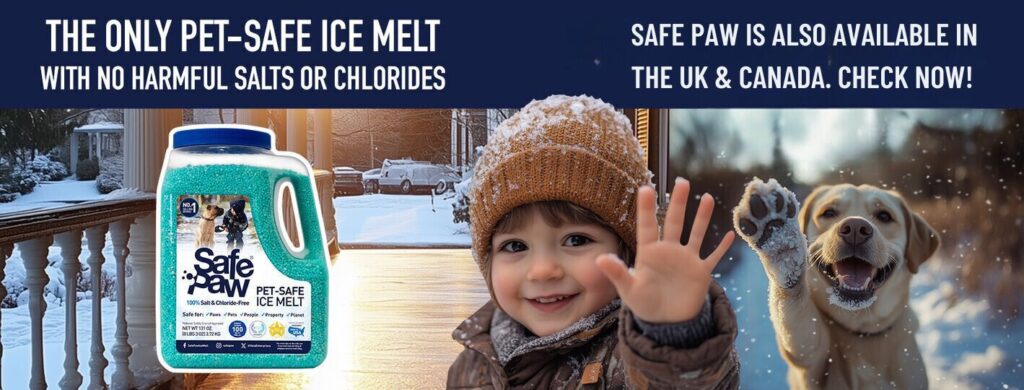
Why Concrete Quality Varies
Not all concrete is created equal. The amount of air entrained depends on how it was mixed, what temperatures it was intended for, and how it was poured and finished. Many homeowners may not know how their concrete was handled—especially if it’s decades old or pre-installed.
That uncertainty makes it difficult to assess how well a surface will withstand winter unless it was tested or documented during installation. Inconsistent air entrainment, poor sealing, or surface wear can leave the concrete vulnerable.
Conclusion
Air entrainment is a crucial part of protecting concrete in winter climates. It adds resilience by giving expanding water a safe place to go. Without it, water freezing inside the concrete exerts pressure that eventually cracks or flakes the surface. Combine air entrainment with surface working and proper sealing to maximize winter durability and prevent scaling, pitting, and structural damage.
FAQs: Air Entrainment and Winter Concrete Durability
Stay safe and confident this winter with Traction Magic!
This innovative, 100% natural product offers instant traction on any icy surface. Whether you’re navigating your sidewalk, steps, or driveway, Traction Magic helps you stay upright and prevents falls.
Other Ice Melt Products
Walk On Ice
Prevent slips at home, work or on the go, The handy disposable canister can be taken everywhere, with the same 100% naturally occurring minerals that provide instant traction on ice or snow.
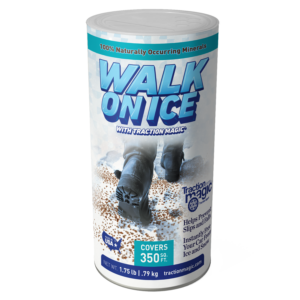
Safe Thaw
Imagine an ice melt you can put down and never worry about. It won’t harm pets, kids and your property. That’s Safe Thaw. Unlike anything else on the market, Safe Thaw can change how winter affects our planet.
